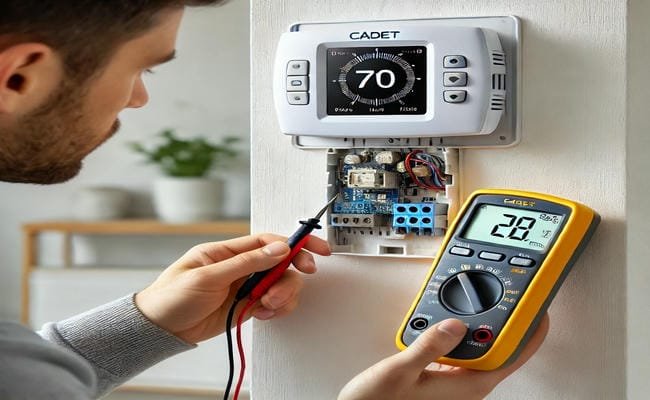
How To Unlock The Sloop Starfield
January 23, 2025Noteflight is a powerful online music notation software that allows composers and musicians to create, edit, and share their music seamlessly. One of the essential tools in music notation is the Segno symbol, which directs performers to repeat a specific section of the music. This guide will walk you through the steps to effectively use a Segno in Noteflight, making your compositions more dynamic and professionally structured.
What Is a Segno?
A Segno is an Italian musical term meaning “sign.” It’s used in conjunction with repeat instructions like D.S. al Coda (Dal Segno al Coda) or D.S. al Fine to tell the musician to return to a specific point in the music marked by the Segno symbol.
Why Use a Segno in Noteflight?
- Efficient Repeats: Reduces the need to rewrite repeated sections, keeping the score clean.
- Professional Formatting: Aligns your composition with standard sheet music practices.
- Simplifies Performance: Provides clear navigation cues for musicians during performances.
Tools You’ll Need
- A Noteflight account (free or premium)
- A composition or score to work on
- Basic knowledge of musical notation (optional but helpful)
Steps to Use a Segno in Noteflight
1. Open Your Score in Noteflight
- Log in to Noteflight.
- Open an existing composition or start a new score.
- Select the measure where you want to place the Segno.
2. Insert the Segno Symbol
- Click on the measure where the Segno should appear.
- Go to the “Performance” tab in the top toolbar.
- Select “Repeats & Jumps” from the dropdown menu.
- Choose the Segno symbol and click to place it in the score.
3. Add Navigation Markings (D.S. al Coda or D.S. al Fine)
- After placing the Segno, scroll to the section where you want the music to jump after the repeat.
- Select the measure where the navigation instruction should be added.
- In the same “Repeats & Jumps” menu, choose:
- D.S. al Coda if you want the music to jump to a Coda section later.
- D.S. al Fine if the music should end at a specified point marked “Fine.”
4. Add a Coda (Optional)
- If using D.S. al Coda, you’ll need to add a Coda sign.
- Place the Coda at the section where the jump should land.
- This helps performers know exactly where to continue after the Segno repeat.
5. Test the Playback
- Click the “Play” button in Noteflight’s toolbar.
- Listen carefully to ensure the music jumps correctly from the Segno to the designated section.
- If the playback doesn’t follow the repeat, double-check the placement of your Segno and navigation markings.
Tips for Using Segno Effectively
- Label Clearly: Add text annotations like “D.S. al Coda” for clarity, even if the symbols are visible.
- Align with Measure Breaks: Place Segno and Coda signs at the start of measures for easier reading.
- Keep It Simple: Avoid overcomplicating the score with multiple Segnos unless absolutely necessary.
Troubleshooting Common Issues
- Playback Doesn’t Jump Correctly?
- Verify that the Segno symbol is correctly placed.
- Ensure D.S. al Coda or D.S. al Fine is assigned to the right measure.
- Segno Not Visible?
- Check the “View” settings to ensure symbols aren’t hidden.
- Zoom in to confirm the Segno isn’t overlapping with other elements.
- Repeats Overlapping?
- Remove conflicting repeat signs that may confuse playback logic.
Also Read: How To Unlock The Sloop Starfield
Conclusion
Using a Segno in Noteflight enhances your musical compositions by allowing you to create professional, efficient scores that are easy to read and perform. Whether you’re composing for orchestras, bands, or solo instruments, mastering repeat signs like the Segno will streamline your workflow and make your sheet music look polished.




